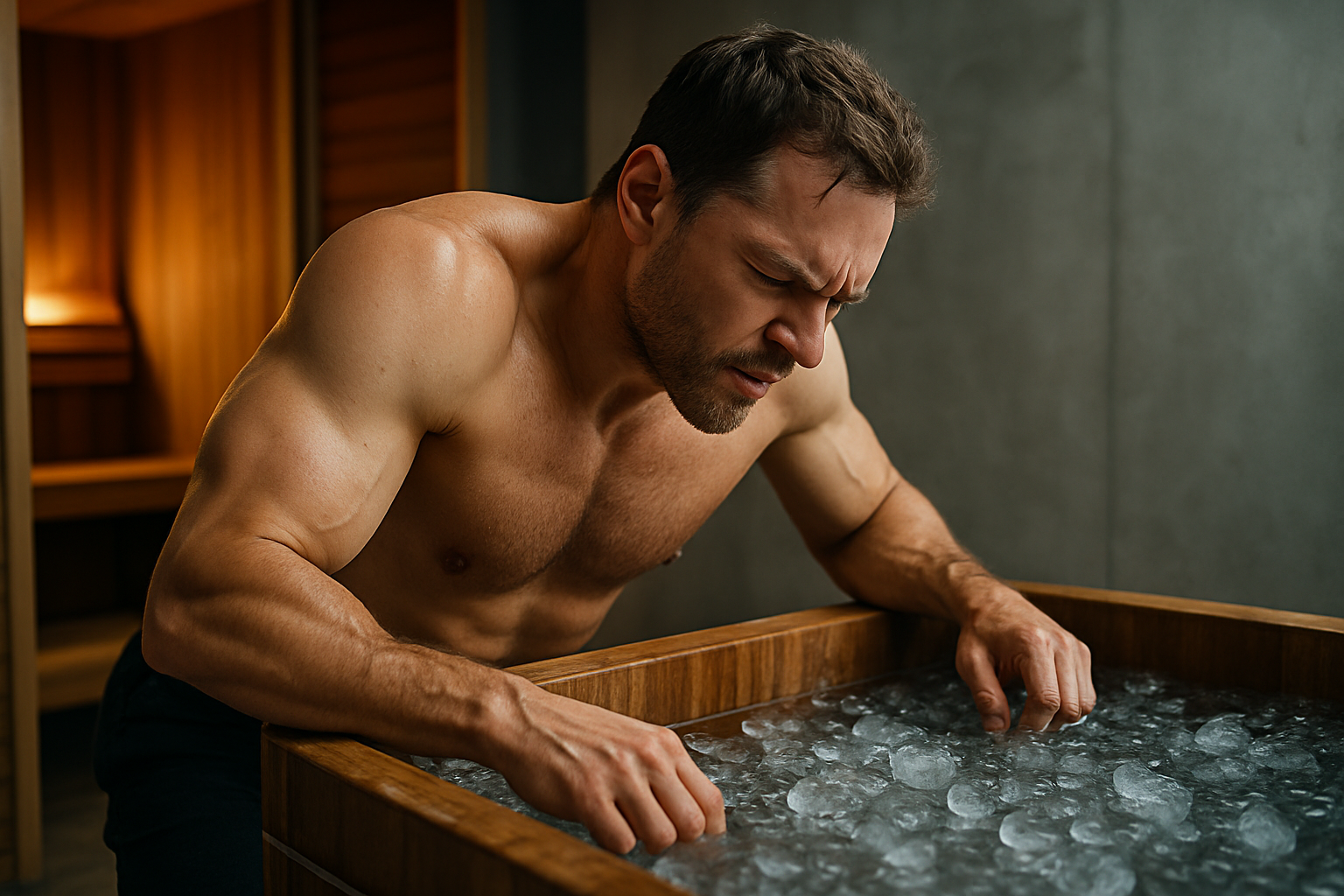Cold Plunge: Benefits, Risks, and How It Works
Cold plunges—brief immersions in cold water—have gained attention in fitness and wellness circles for claimed effects on recovery, mood, and circulation. This article explains what a cold plunge is, how it differs from an ice bath, how water temperature and timing matter, and how it can fit into a broader wellness practice while noting safety considerations and evidence limits.

This article is for informational purposes only and should not be considered medical advice. Please consult a qualified healthcare professional for personalized guidance and treatment.
What is a cold plunge?
A cold plunge typically refers to immersion in a plunge pool or container of cold water kept at a controlled temperature. Unlike ad hoc ice baths, many modern cold plunge setups use refrigeration or chillers to maintain consistent temperatures and circulation. People use cold plunges after workouts or as part of a recovery routine, and some involve brief daily sessions as part of lifestyle habits. The format can range from backyard tubs and dedicated plunge pools to portable units designed for home use.
How water temperature affects results
Water temperature strongly influences the body’s response during a cold plunge. Colder water produces a faster and more intense vasoconstriction and shivering response, while milder cold tends to feel more tolerable and permit longer immersion. Practitioners vary immersion times and temperatures depending on goals—short, colder exposures for acute recovery versus slightly warmer, longer exposures for tolerance and ritual. Because individual tolerance and health vary, starting conservatively and monitoring how your body responds is important before increasing time or lowering temperature.
Ice bath vs cold plunge
The terms “ice bath” and “cold plunge” are often used interchangeably, but there are practical differences. An ice bath usually involves adding ice to a tub of water until a desired chill is reached; it can be colder and less consistent as ice melts. A cold plunge system more commonly refers to a chilled, circulating tub with temperature control and filtration for repeated use. Ice baths are simple and accessible, while cold plunge setups tend to be more convenient for repeated, controlled sessions and may be easier to integrate into regular wellness routines.
Cold plunge as therapy
Some people use cold plunge immersion as a form of therapy to address acute post-exercise soreness, inflammation, or to influence mood and alertness. Research on cold-water immersion shows mixed results depending on timing, temperature, and the specific outcomes measured; benefits for short-term recovery after intense exercise are reported in some studies, while other findings are less conclusive. Because cold exposure affects cardiovascular and autonomic systems, it is not suitable for everyone. Individuals with heart conditions, uncontrolled hypertension, pregnancy, or circulatory disorders should consult a healthcare professional before trying cold plunge therapy.
Cold plunge and wellness routines
Cold plunges are often paired with other wellness practices, such as sauna sessions, contrast therapy (alternating hot and cold), breathing techniques, or mobility work. When integrated thoughtfully, short cold immersions can complement recovery days, help modulate perceived stress, or provide a brief, invigorating ritual. Practical tips include acclimating over several sessions, limiting immersion time initially, breathing steadily to manage the shock response, and ensuring a safe, warm environment to reheat afterward. Track how you feel in the hours after sessions to guide adjustments.
Cold plunges can be a useful tool for some people but are not a universal solution. Individual goals, health status, and evidence from controlled studies should guide decisions about frequency, temperature, and duration. Always prioritize safe setup—stable entry and exit points, supervision when attempting very cold or long exposures, and reliable water maintenance for hygiene.
Cold plunges occupy a practical niche between simple ice baths and more elaborate cold-therapy systems. For those curious about adding cold immersion to a routine, start slowly, monitor the body’s response, and seek medical advice if there are underlying health concerns. Consider combining cold exposure with supportive recovery practices—adequate hydration, nutrition, and sleep—to best evaluate any effects on performance, recovery, or overall wellness.






